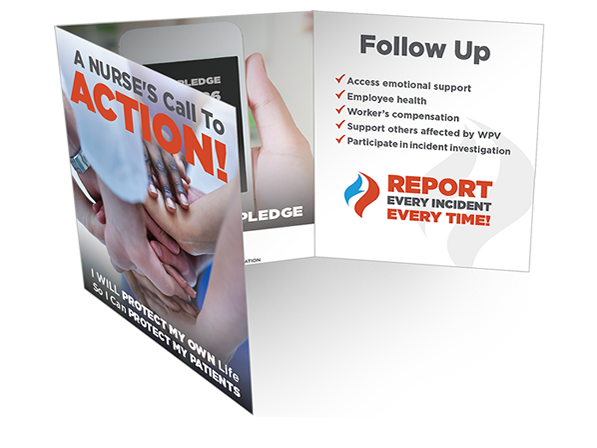Workplace Violence/ #EndNurseAbuse
Support :: Educate :: Take Action :: Share
Support :: Educate :: Take Action :: Share

OSHA Standards Needed to Prevent Workplace Violence

Send an email to your legislator in one click!

Nurses are at high risk for assaults and violence in the workplace due to their close proximity to patients. According to a Press Ganey Survey Report (2021), 2 nurses per hour are assaulted in the acute care setting.

Incivility, bullying, and violence in the workplace are serious issues in nursing, with incivility and bullying widespread in all settings.
Such acts of aggression – be they verbal or physical – are entirely unacceptable, whether delivered by patients or colleagues. These incidents not only have a serious effect on the wellbeing of the nurse in question but also their ability to care for their patients.
This under-reported epidemic has devastating results on the healthcare industry. Studies show that WPV can affect the quality of care and care outcomes, contribute to the development of psychological conditions, and reduce the RN's level of job satisfaction and organizational commitment.

Abuse is never your fault.
Take a listen to and share the #EndNurseAbuse ad which can be heard on iHeartMedia podcasts and radio.

You CAN do something about workplace violence (WPV). Attend the Violence Against Nurses: It's NOT Part of the Job! webinar to examine approaches to intervene and prevent acts of WPV. Also here about the ANA's position and measure to eliminate WPV against nurses.
Workplace violence can be prevented, and nurses can lead the way. This on-demand webinar addresses what every nurse needs to know about the challenge of workplace violence against nurses.
Or watch short videos cut from this webinar on YouTube: https://www.youtube.com/playlist?list=PLf2d17tjKiop_fIRXbI5Jz9WC44Xz0Qei
Workplace violence in nursing is a real and prevalent problem. We are speaking up, and raising awareness of the issue to inspire change. Watch this #ENA video.
Violence is not part of the job video
Below are some additional anti-bullying resources created by other health care organizations that you might find useful: